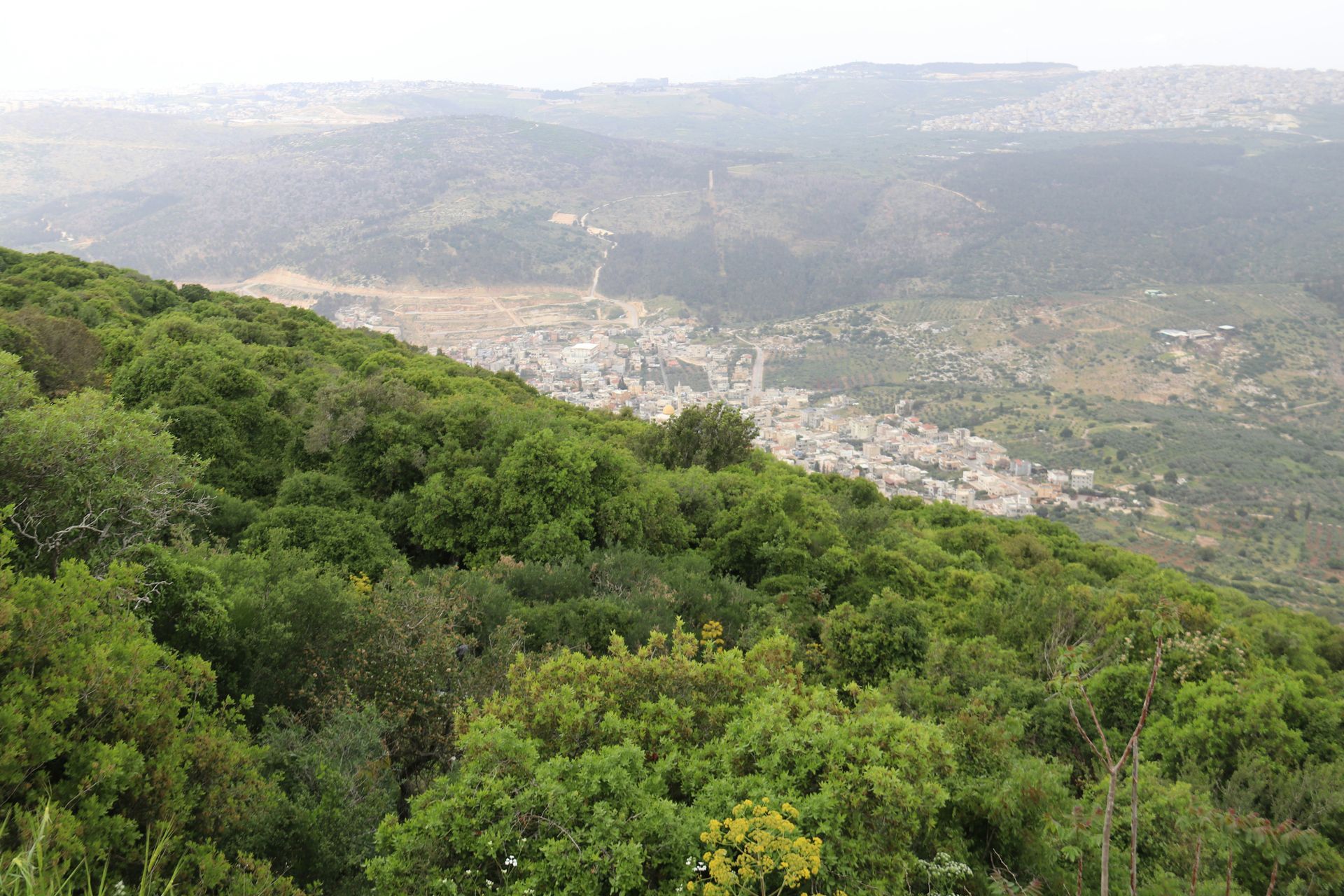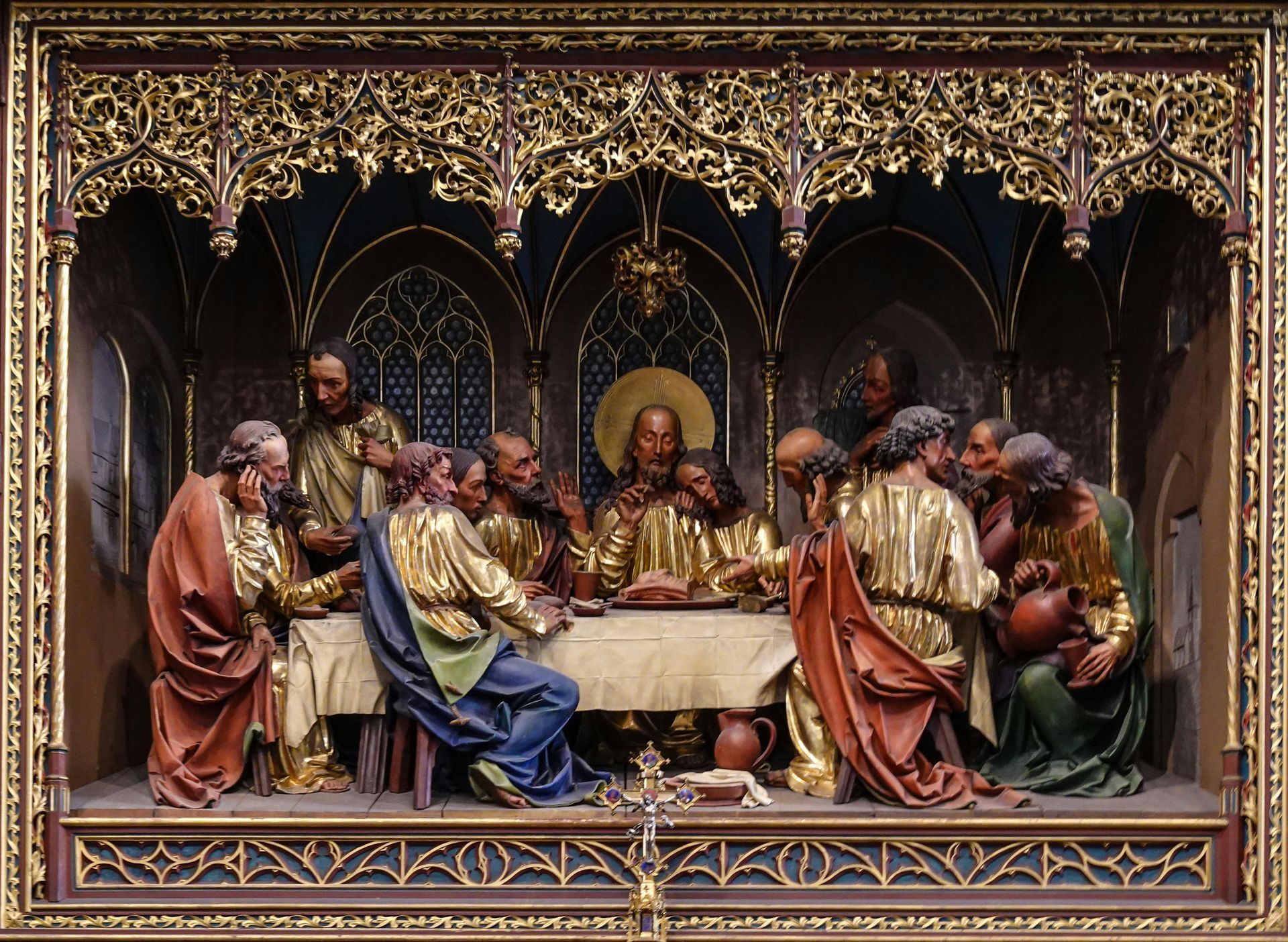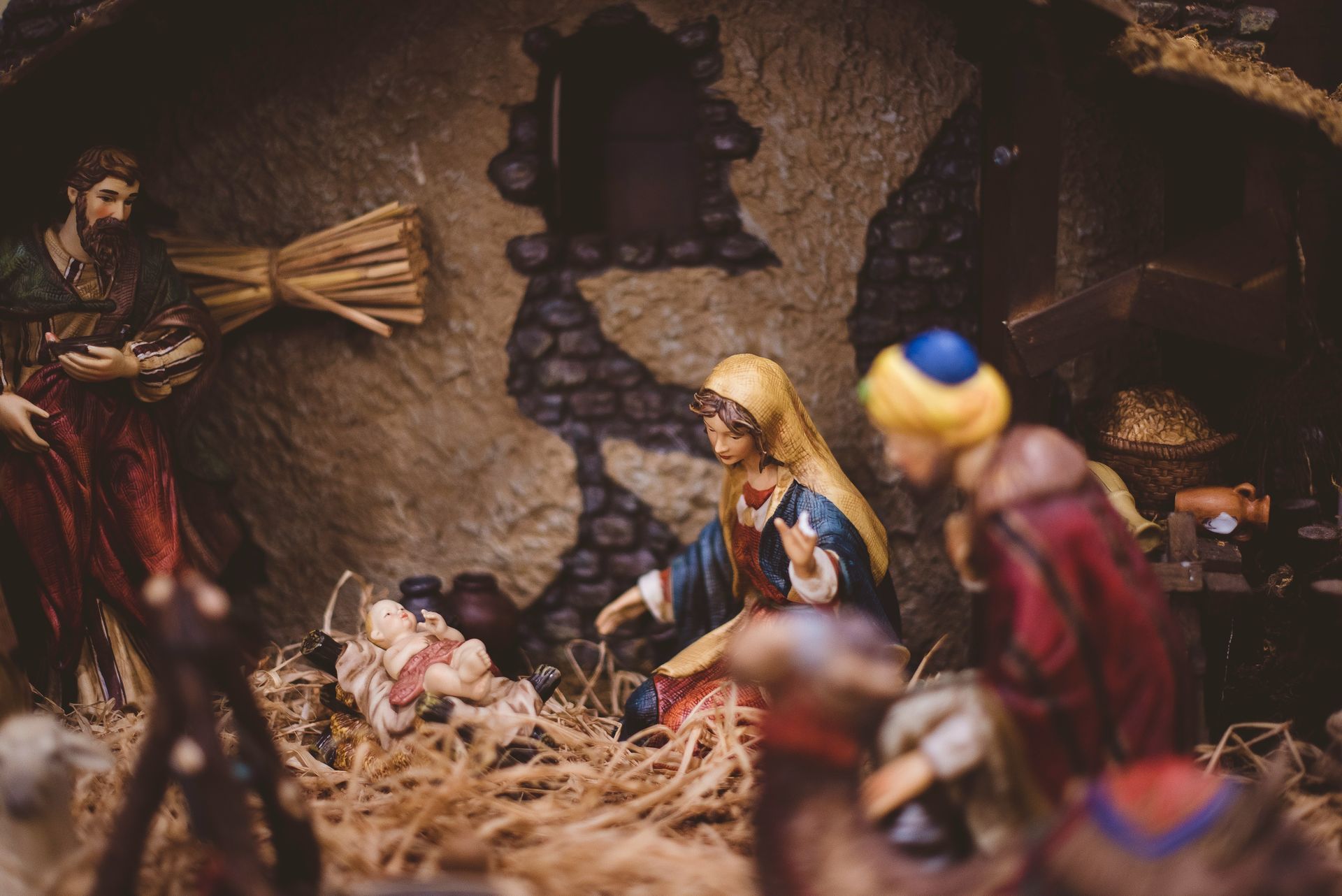The Transfiguration of Jesus
The Transfiguration of Jesus and the History of Mount Tabor

Mount Tabor, a majestic peak in northern Israel, holds profound significance in Christian tradition as the site of the Transfiguration of Jesus Christ. This pivotal event, recounted in the Gospels of Matthew, Mark, and Luke, offers believers a glimpse into the divine nature of Jesus and reinforces his identity as the Son of God. Beyond its religious importance, Mount Tabor has a rich historical and geographical background that enhances its significance in biblical narratives.
The Transfiguration of Jesus
The Transfiguration took place approximately a week after Peter declared Jesus as the Messiah. According to the Gospel accounts, Jesus took Peter, James, and John to a high mountain—traditionally believed to be Mount Tabor. There, Jesus was transfigured before them: "His face shone like the sun, and his clothes became as white as the light" (Matthew 17:2). This transformation revealed Jesus in his glorified state, accompanied by the appearance of Moses and Elijah, representing the Law and the Prophets respectively.
The event was pivotal as it affirmed Jesus' divine nature and served as a moment of confirmation for the disciples. God's voice from a bright cloud declared, "This is my Son, whom I love; with him I am well pleased. Listen to him!" (Matthew 17:5), underscoring Jesus' authority and the fulfillment of prophecy.
The Significance of Mount Tabor
Mount Tabor's prominence in this event is deeply rooted in its geographical and historical context. Rising 575 meters above the Jezreel Valley, Mount Tabor stands as a prominent landmark in the Lower Galilee region. Its strategic location has made it significant throughout history, from ancient times through various periods of conquest and settlement.
In biblical times, Mount Tabor was often associated with military importance due to its commanding position over the surrounding plains. It is mentioned in the Old Testament as a place where military leaders such as Barak and Deborah gathered forces (Judges 4-5). Later, during the time of Jesus, its picturesque setting and commanding view made it an ideal location for spiritual contemplation and profound encounters.
Historical and Cultural Significance
Beyond its biblical connections, Mount Tabor has a rich cultural history. Over the centuries, it has been a site of pilgrimage for Christians seeking to connect with the divine presence encountered during the Transfiguration. Churches and monasteries have been built on its slopes, including the Church of the Transfiguration, which commemorates the biblical event.
Throughout different periods of history, Mount Tabor has been a site of reverence and reflection, drawing believers and travelers alike to its serene heights. Its lush vegetation, including oak and pistachio trees, adds to its natural allure, contrasting with the arid landscapes of the surrounding region.
Contemporary Relevance
Today, Mount Tabor continues to be a place of spiritual significance for Christians worldwide. Pilgrimages to the Holy Land often include a visit to this sacred mount, where the Transfiguration serves as a profound reminder of Jesus' divine nature and the continuity of faith through generations. The serene beauty of the landscape and the historical layers of meaning embedded in its rocky slopes make Mount Tabor a poignant destination for contemplation and worship.
The Transfiguration of Jesus on Mount Tabor stands as a transformative moment in Christian theology, revealing Christ's glory and affirming his role as the Messiah. This sacred mountain, with its rich biblical history and cultural significance, continues to inspire believers and visitors alike, offering a glimpse into the spiritual depth and historical context of the Christian faith.



